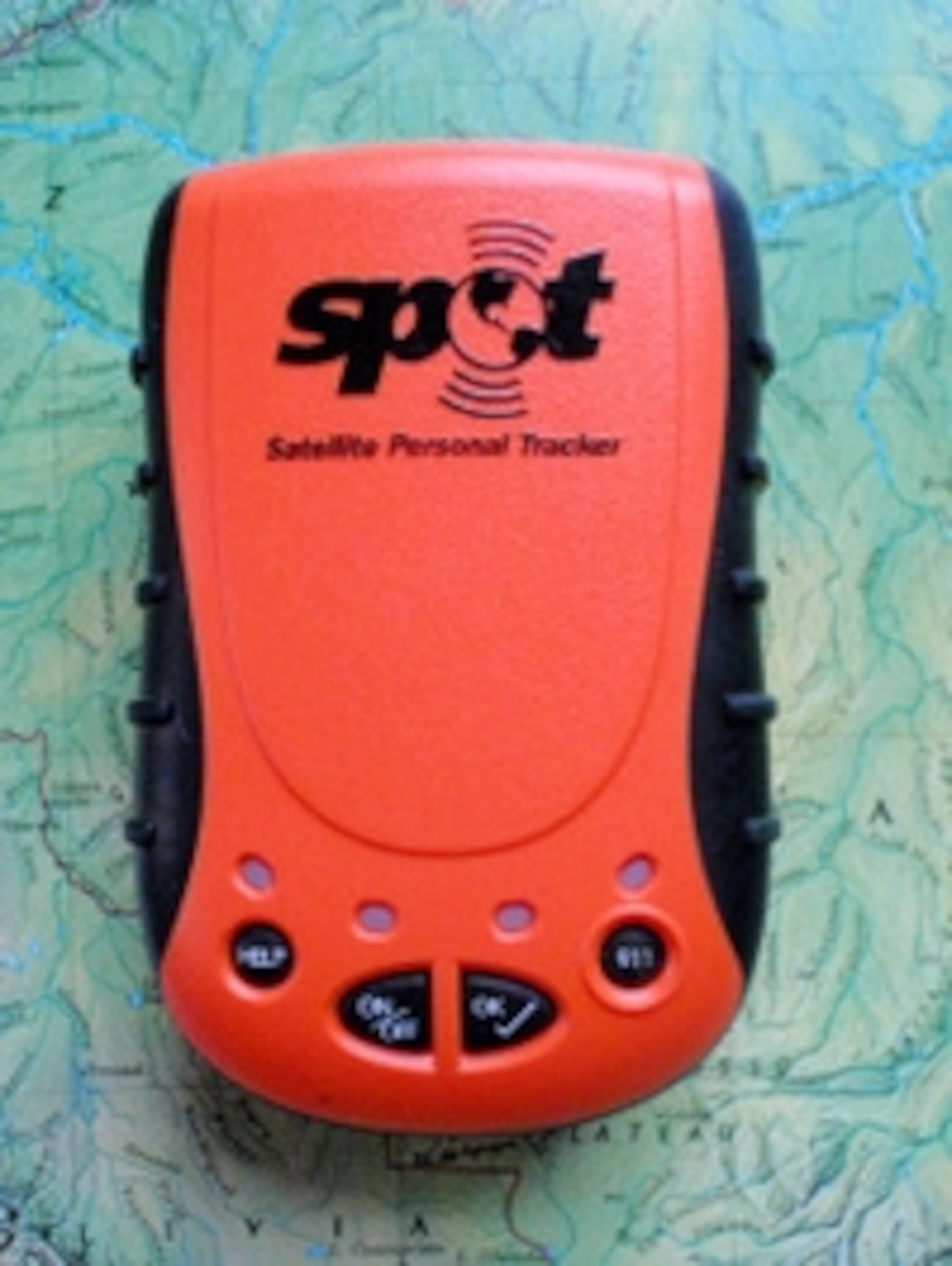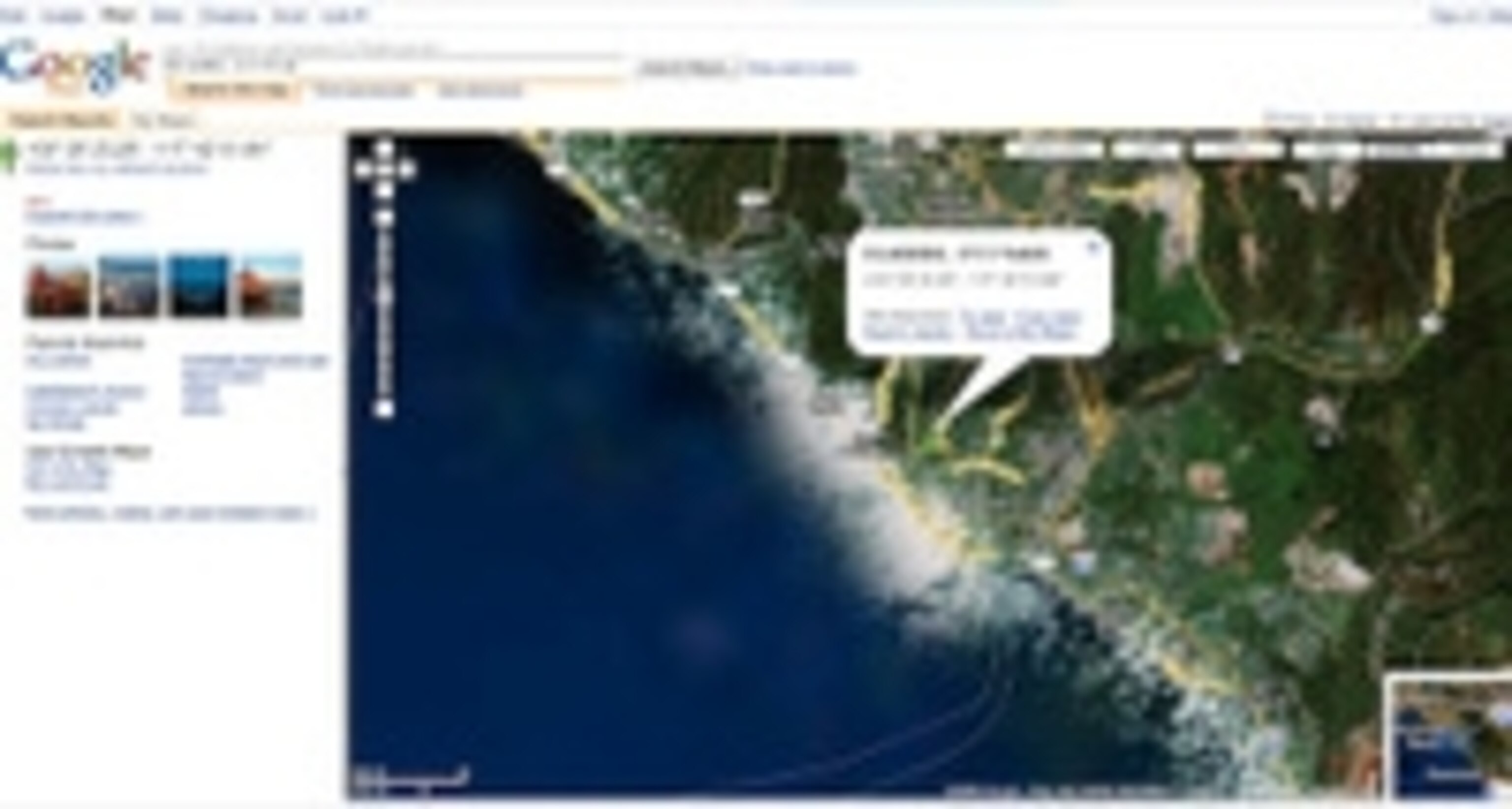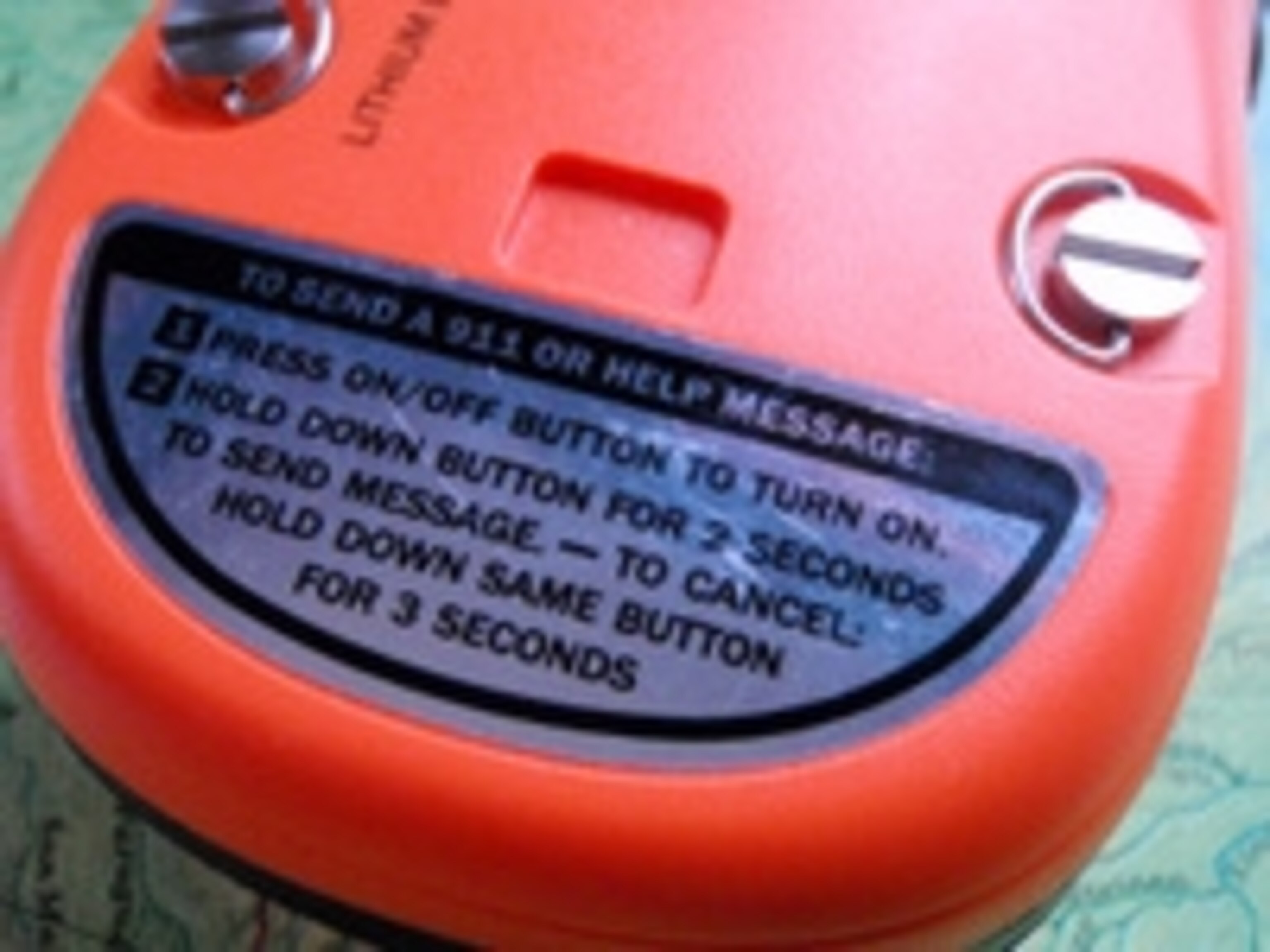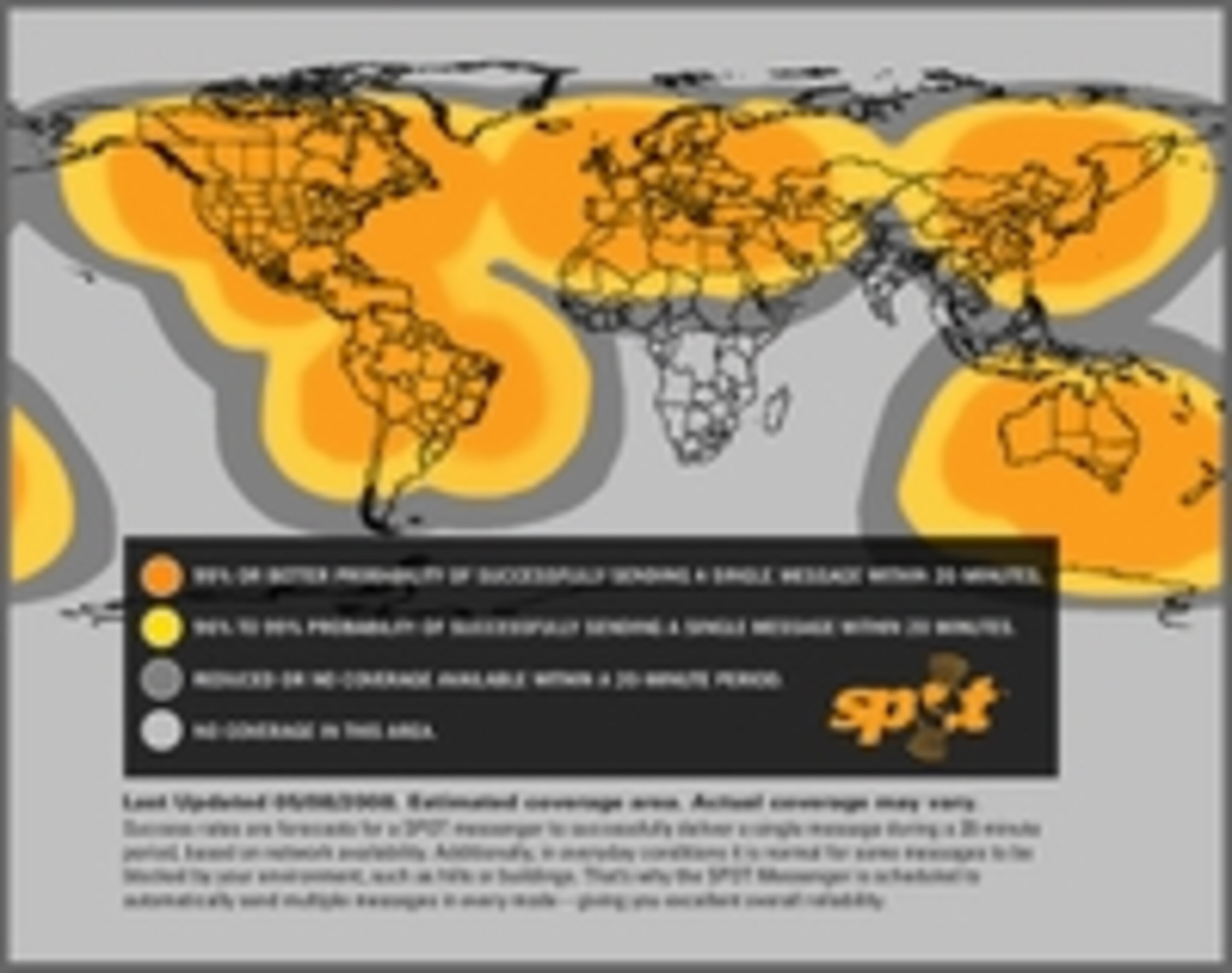
The Adventure Life with Steve Casimiro Gear Review: SPOT Satellite Messenger
Text and photo by West Coast Editor Steve Casimiro
The most important outdoor product of the last couple years isn’t a jacket, trail shoe, kayak, or mountain bike. It’s the SPOT Satellite Messenger, which lets you call for help almost anywhere in the world via the Globalstar satellite network.
SPOT costs $170, plus an annual subscription of $99. It’s cheaper and more versatile than a personal locator beacon (PLB), less expensive and more reliable than a sat phone, and works in places where a cell phone signal is impossible. It will alert the GEOS International Emergency Response Center and the Search and Rescue Satellite-Aided Tracking System to come save your butt, like a PLB. But unlike a PLB—and this is revolutionary—it will send a non-emergency help message to friends or family. Finally, it lets you send an “I’m OK” message to loved ones (or even your boss). In other words, for the first time, it allows three levels of almost instant communication: I’m Fine, I’m Not Fine But in No Serious Danger, and Rescue Me ASAP.
Now, the SPOT has gotten heaps of press. I wrote about it in the May issue of National Geographic ADVENTURE and my comrades at other outdoor outlets have covered it, too. So, why say more? Because you need to know just how significant this device is. It’s not just another gadget, some cool geegaw to impress your friends. It can save your life. It HAS saved lives. It’s cheap and it’s foolproof and it should be in your pack whenever you go into the field. To me, the SPOT is to wilderness travel what shovel, probes, and avalanche transceiver are to backcountry skiing: mandatory.
Look, I’m not a worrier. I’m old school about backcountry skills and conservative about taking chances. I carry a map and compass and know how to use them. I allow margins for safety. But I also carry a GPS and now I carry the SPOT. For eight bucks a month, it seems foolish not to buy myself and my family a little insurance. Like a seat belt or spare tire, the SPOT has a low cost upfront but huge potential rewards if you actually need it. Even if you just use it to signal that you’re running a day late on a backcountry trip, it gives a peace of mind you can’t get any other way.

HOW IT WORKS
You buy the seven-ounce orange unit, then activate it online. Once you’ve created a profile and logged in, you create your “I’m OK” message and your “non-emergency help” message, then you designate up to 10 contacts who will receive your messages by email or text message. Turn on the unit, which is run by lithium AA batteries that can operate a year, give it a few minutes to locate one of Globalstar’s low-earth-orbit satellites, and you’re ready to send. Press and hold the OK button and your message zips skyward. Email recipients get your message and coordinates, plus a link to Google Maps showing your exact location. Press the Help button and your “help” message is sent and then resent every five minutes for up to an hour. And if you press the 9-1-1 button, an alert is triggered at GEOS, which calls the emergency contact you listed in your online profile, then sends in the troops.

DOES IT WORK?
Globalstar has suffered numerous problems with its satellite phone network over the last year, which might make you dubious about the SPOT’s reliability. But the dropped calls and unreliable signals stem from failures in the two-way channel of Globalstar’s satellites, known as S-Band. The one-way data channel, L-Band, works unimpeded.
And in my tests, the SPOT worked flawlessly. In Norway, Morocco, the Sierra Nevada, Mojave Desert, and my backyard, it consistently sent my message to email addresses and my phone. I’ll be in New Zealand in a couple of weeks and will try it again there, but I have no reason to believe it won’t continue functioning as it has.
- National Geographic Expeditions
FAILINGS
Globalstar’s satellites don’t reach everywhere on the planet, so SPOT doesn’t work everywhere either. North America is solid, except for Alaska. Africa north of the Equator is pretty good, but points south aren’t serviced. Patagonia, India, and much of Southeast Asia and Indonesia are dark, too.

As with most electronics, the unit could be smaller and lighter. The belt clip seems superfluous—I wouldn’t trust something this important to a belt clip. But that’s just quibbling.
CONCLUSION
It seems silly that I should have to qualify all this by saying that you shouldn’t rely on the SPOT as a lifeline, but if I don’t someone else will. The SPOT is not substitute for common sense and good judgment. You should never justify taking more risks or pushing the margins because you might be able to send for help. SPOT is shockproof, waterproof, and it floats, but it’s not unbreakable. You could be deep in a slot canyon with no view of the sky. Sun spots could mess with satellite transmissions. You could be unconscious after a fall.
That said, SPOT changes the game. For the first time, affordable, reliable emergency communication is available to all of us. Even if you use it for nothing more than reassuring your family when you’re a few hours late from your ride or your paddle or your climb, it’s just plain smart.
